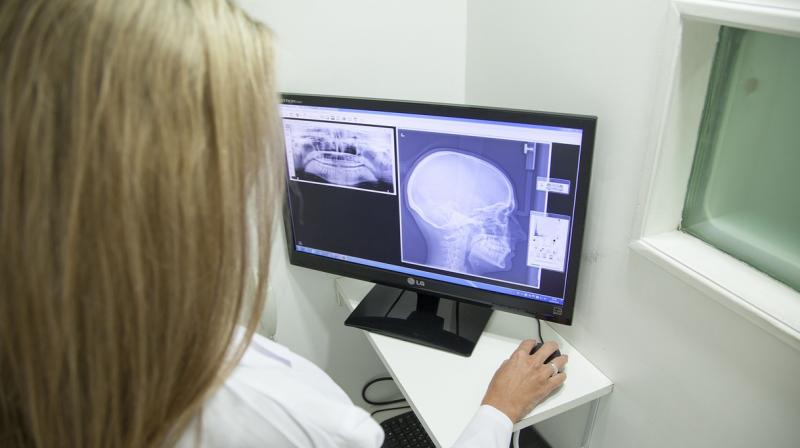Samsung's new X-ray detector material to benefit health sector
The new material is 20 times more sensitive to X-rays and is cheaper to build as well.

In what comes as a major breakthrough in the health sector arena, Samsung Advanced Institute of Technology (SAIT), in collaboration with Sungkyunkwan University in Seoul, Korea, has developed a detector material that decreases radiation exposure to less than 1/10th of the normal amount typical for medical X-ray imaging.
Researchers at SAIT developed a perovskite semiconductor material that, in addition to being significantly lower in radiation, is also 20 times higher in sensitivity for X-rays, as well as cheaper in price compared to conventional flat panel detectors.
Additionally, while conventional detectors processed with a vacuum deposition process, the technology used to make thin films of semiconductors, do not allow the extension to a large area due to technical limitations, the new material allows enlargement as required through a solution-based process such as printing or bar coating. Commercialisation of this technology offers the potential for producing low-dose X-ray detectors that can scan the whole body at once.
“In order to apply perovskite onto X-ray photons, which are highly penetrable, the material must be 1,000 times thicker than that of a solar cell, while being able to retain electric signals for a sufficiently long enough time converted from X-ray,” said InTaek Han, Vice President of SAIT. “The new method of synthesis developed from the research is a key breakthrough for the field.”
(Source: Samsung’s official press release)
